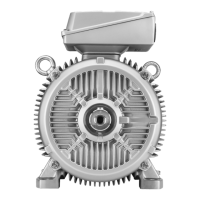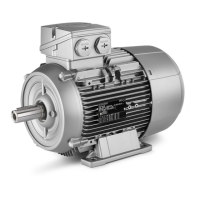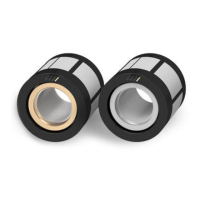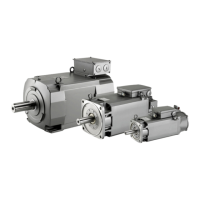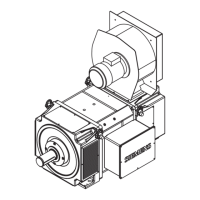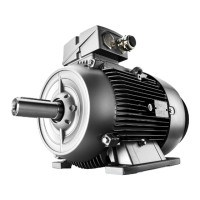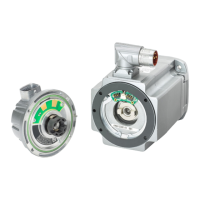Configuration
5.2 Configuring workflow
1FN3 linear motors
Configuration Manual, 10/2018, 6SN1197-0AB86-0BP2
107
Every mass is subject to gravity. The motor must thus compensate for part of the
gravitational force F
G
exerted on the dynamic mass. This component F
g
depends on the
dynamic mass m, the mounting position of the axis in relation to the Earth's normal (angle α),
and any weight compensation used. The following figure shows the forces on the motor due
to gravitation for an inclined mounting position. Variable F
⊥
is the component of the force of
gravity that acts perpendicularly to the inclined axis.
Figure 5-2 Forces on the motor for an inclined mounting position
According to the force components in the above figure, the component of the gravitational
force that has to be compensated by the motor is calculated using
F
g
= m ‧ g ‧ cos α
with the gravitational acceleration g.
When using a weight compensation, you must consider that the compensation does not
automatically amount to 100% and is linked to additional frictional forces and inert masses.
Friction that impedes the movement of a linear motor occurs between the guide carriage and
the guide rail. The corresponding force F
r
opposes the direction of motion of the slide.
Essentially, the frictional force F
r
consists of a constant component F
rc
and a component F
rν
that is proportional to the velocity v :
F
r
= F
rc
+ F
rν

